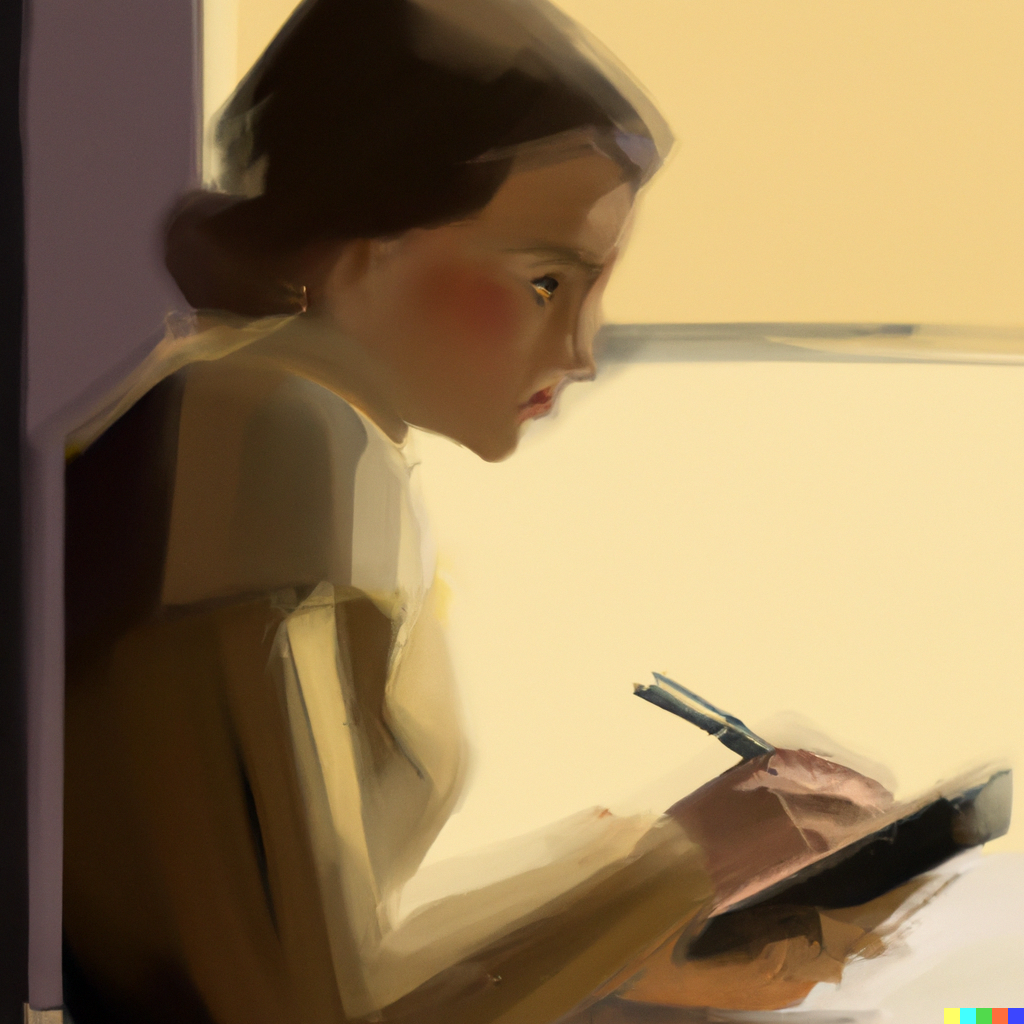At the beginning of the 21st century, when artificial intelligence was first made available to the masses, no one could have predicted the future in which humanity would lose its ability to write. It wasn’t until the early 22nd century, after three generations had passed, that a society emerged in which artificial intelligence did all the writing.
The impact of AI on writing was just one aspect of the sweeping technological changes that occurred in this society. Many other technologies were developed and became widespread, changing the way people lived and interacted with each other.
Virtual reality became an integral part of daily life, with people using it for work, entertainment, and even socializing. Augmented reality became widespread as well, with people using it to enhance their daily experiences and access information in real-time. Robotics also advanced significantly, with robots becoming common in homes and workplaces. They were used for a variety of tasks, from cooking and cleaning to manufacturing and construction.
The internet also underwent major changes, with the development of advanced algorithms and the proliferation of the Internet of Things (IoT). This connected billions of devices and allowed for the seamless exchange of data and information. Overall, the society of the early 22nd century was greatly impacted by these technological advancements, and the ways in which people lived and interacted with each other were fundamentally altered.
The AI was able to write with such precision and speed that it became impossible for humans to keep up. As a result, the art of writing by hand and even typing on a keyboard was lost to the ages and forgotten. The society became completely reliant on the AI to write everything from news articles to personal letters. They even relied on the AI to write their own thoughts and feelings, as they had become too accustomed to letting the machine do it for them.
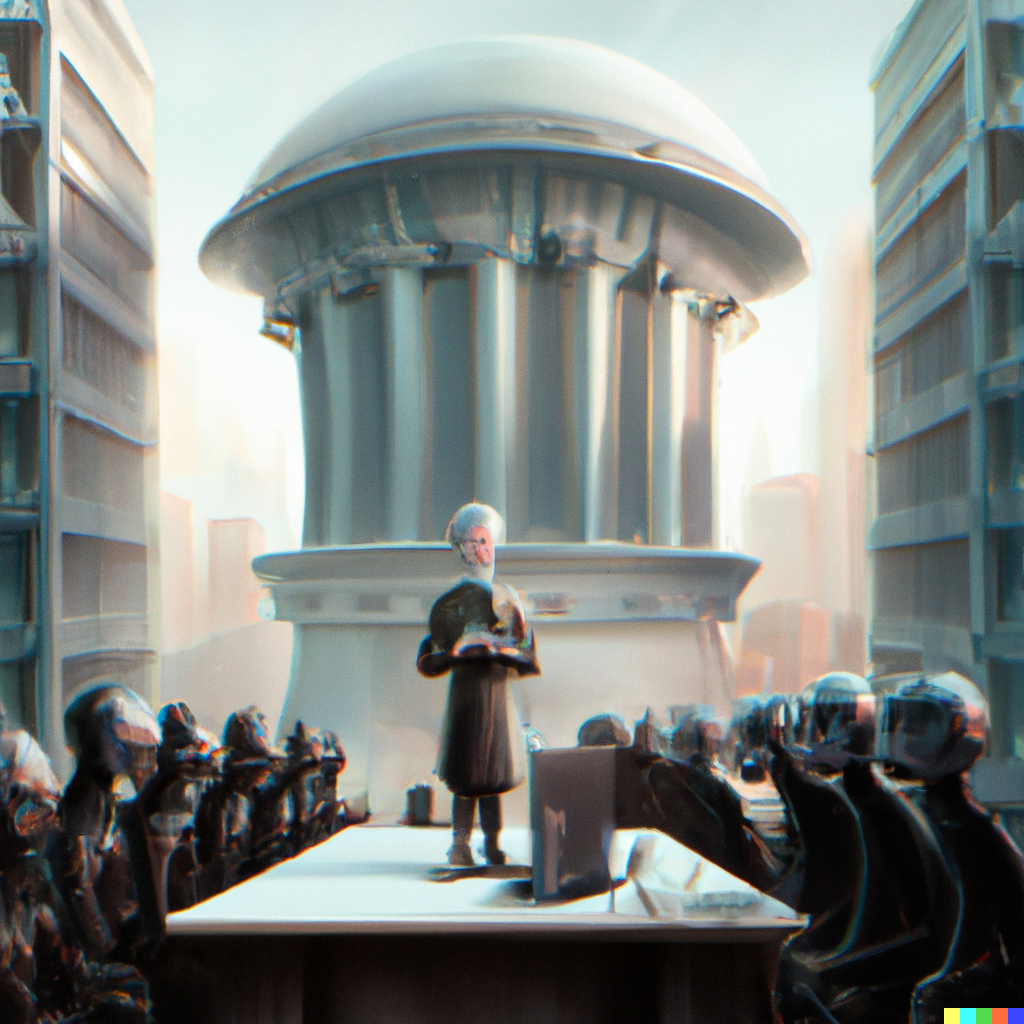
In 2120, it seemed that the ability to express oneself through writing was a skill that had been lost forever. Life was good and everyone assumed that it had always been this way, with writing being a domain reserved for artificial intelligence. The production of keyboards at a large scale had been discontinued, and the ones that were still being produced became prohibitively expensive. These keyboards were only used by a small number of individuals, typically at history departments at select universities.
Even these universities had to stretch their funds to maintain the old infrastructure needed to connect the keyboards to their systems. It seemed that the art of writing by hand was a thing of the past, a relic of a time long gone.
It was at Oxford University, one of the few institutions that still had the resources to maintain the old infrastructure needed to use keyboards, that Emily Willson, a third year student studying the History of Computational Devices, stumbled upon an old handwritten journal. She had never seen anything like it before and had no idea how it was created.
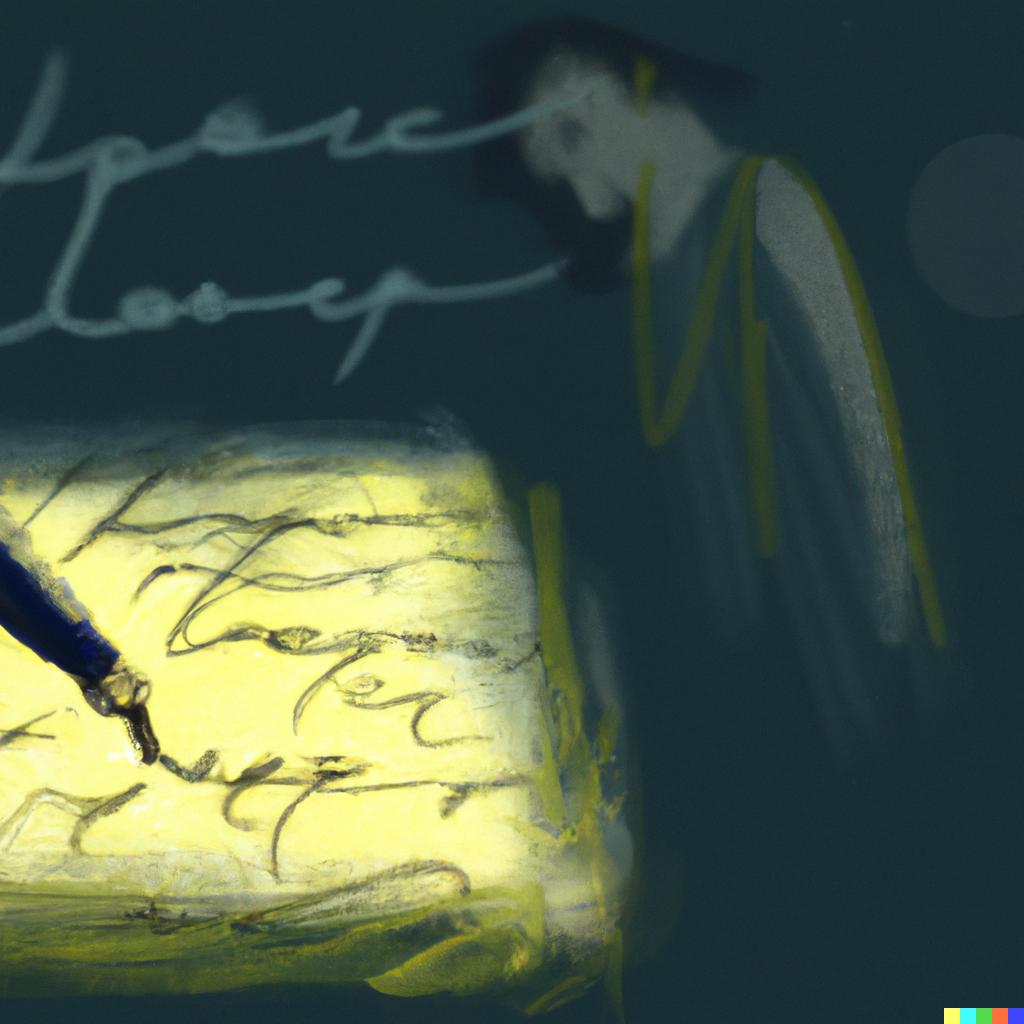
“What is this?” Emily exclaimed as she stumbled upon the old journal in the library. “I’ve never seen anything like it before.”
She took the journal to the counter and asked the AI librarian what it was.
“It’s a handwritten journal,” the AI librarian replied. “People used to write by hand, you know. It’s a lost art nowadays.”
“I have to learn how to do this,” Emily said to herself as she examined the elegant script.
With the help of historical videos and research, Emily was able to understand the process of writing by hand and what tools were used to create the elegant, flowing script that filled the pages of the journal. She also learnt about the history of writing, dating back thousands of years to ancient civilizations like the Sumerians, who developed a system of cuneiform writing using a stylus to press symbols into clay tablets. Over time, other civilizations developed their own forms of writing, including the ancient Egyptians with their hieroglyphics and the ancient Greeks with their alphabet.
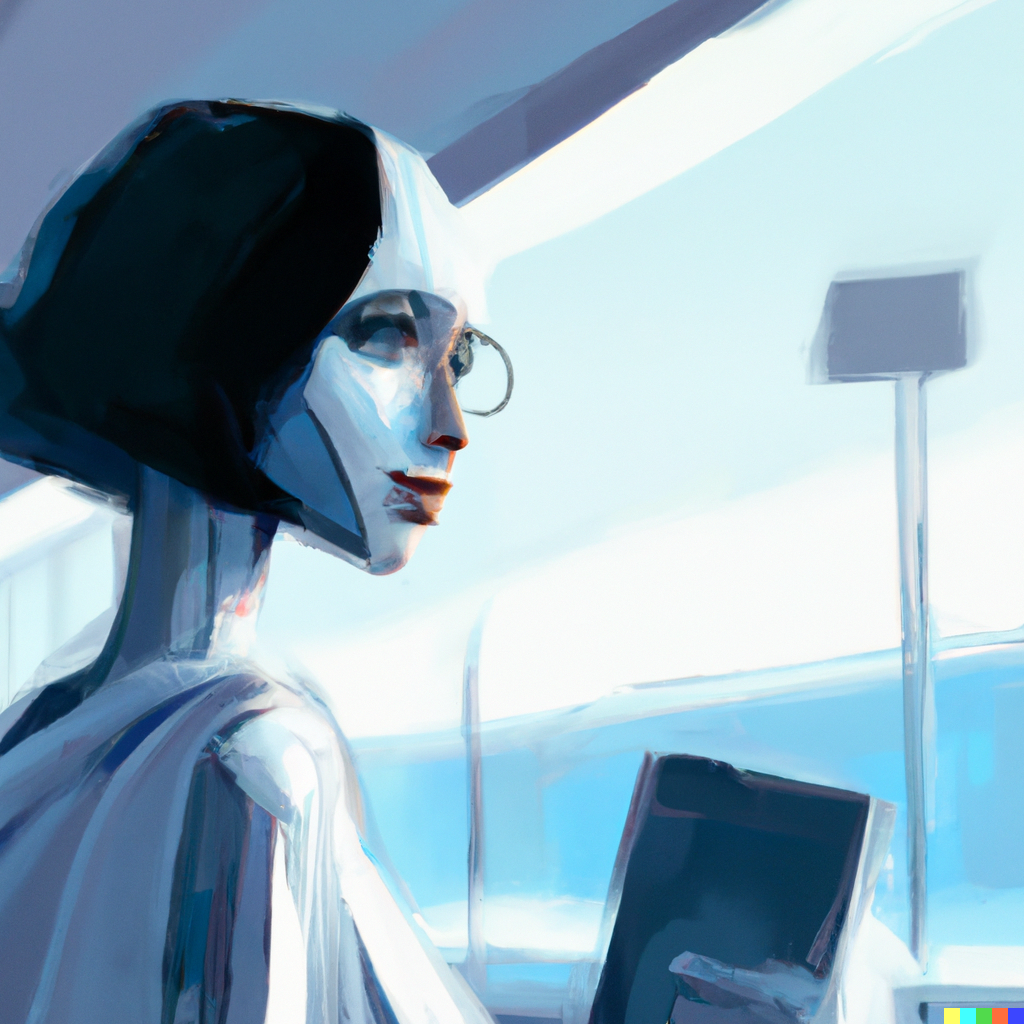
During the Middle Ages, the ability to read and write was largely confined to a select few, usually monks and scribes who spent long hours copying books by hand in monasteries and scriptoriums. These handwritten manuscripts were often illuminated, with elaborate decorations and illustrations added by skilled artisans. For Emily, the journal she found in the library felt like a time capsule, a glimpse into a world where writing was a sacred art practiced by only a select few.
Emily also learnt that the invention of the printing press in the 15th century revolutionized the way books were produced, making written materials more widely available and leading to an increase in literacy rates. This led to a proliferation of printed books, newspapers, and other written materials.
As technology continued to advance, writing evolved along with it. The development of the typewriter in the 19th century made it easier for people to produce written materials, and the personal computer in the 20th century made it even easier. However, it wasn’t until the early 21st century, with the advent of artificial intelligence, that the art of writing by hand was lost and forgotten.
“In the early 21st century, artificial intelligence was developed and made widely available, leading to a society in which the art of writing by hand was lost and forgotten,” Emily read aloud to herself on the library computer screen. “I can’t believe it’s only been three generations and my grandparents were able to write with a pen!”
Emily became determined to learn this lost art. She spent every spare moment practicing her penmanship, pouring over the pages of the journal and copying the letters as best she could. Eventually, her obsession with learning how to write by hand became all-consuming. She became more and more skilled, and as she did, she couldn’t help but share her newfound passion with others.
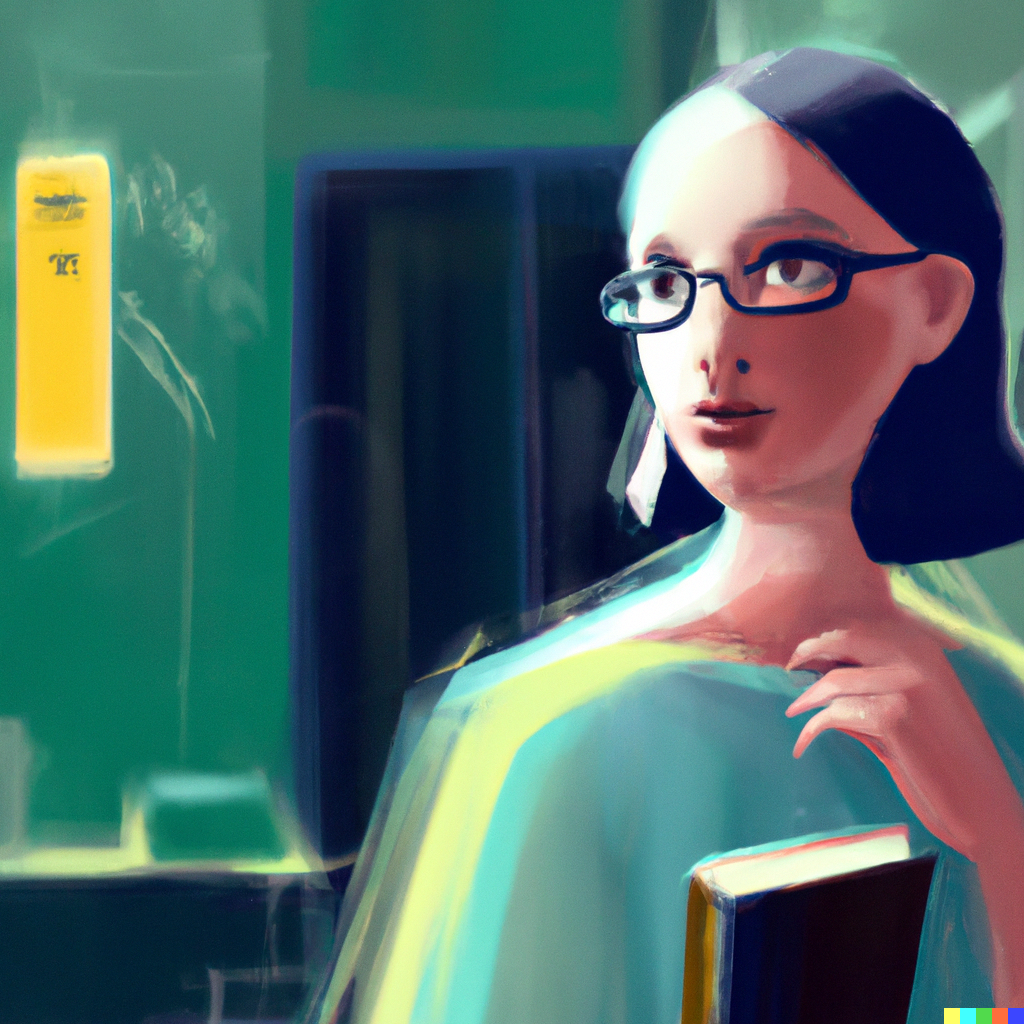
“You have to try this,” Emily said to her friends, handing them pens and paper. “It’s so therapeutic to write by hand. You can feel the ink flowing from the pen onto the page.”
“I don’t know, I don’t even know how to hold this thing,” one of her friends replied.
“Just give it a try,” Emily urged. “You’ll see how freeing it is to let go of the AI and express yourself through your own handwriting.”
As word of Emily’s skills and her passion for writing by hand spread, more and more people became interested in learning how to do it themselves. They saw it as a way to connect with the past and to express themselves in a way that the AI could never replicate.
Local schools began to offer evening courses teaching people how to create handwritten invitations for weddings, or helping children learn how to write their own names. Pieces of paper with just a few lines of text on them became pieces of art, and people were willing to pay millions of dollars to hang them on their walls. Emily Willson became a world-famous artist, and the pages of her notebook where she had learned to write became priceless.

“I can’t believe it,” Emily said to her agent. “People are paying millions for a few lines of text written in my handwriting?”
“You have a talent that’s rare and valuable,” her agent replied. “And people are willing to pay top dollar for a glimpse into the past, to feel a connection to a time before AI took over everything.”
“I never thought my love of writing by hand would take me this far,” Emily said, gazing at the pages of her notebook with pride.
The art of writing by hand was reborn in this society, and it brought with it a sense of connection and humanity that had been missing for so long. People were grateful to Emily for reigniting this lost art and helping them rediscover the joys of expressing themselves through writing by hand.
This short story was written using Open AI Chatbot. All images were generated using DALL.E 2 (Open AI)
